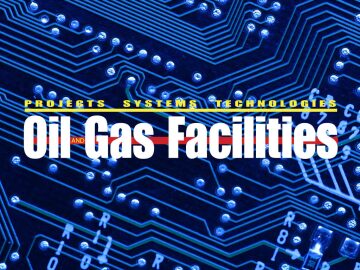
Summary
The smart-field concept is deployed through disseminating elements of tools and infrastructure integrated to bring a level of smartness that can improve the performance of an oilfield asset in a sustainable way. The design and implementation of these tools and the infrastructure’s underpinning smartness can differ on the basis of oilfield conditions. Greenfields, for example, can be engineered upfront to leverage all tools and deliver smart-field value from the beginning of the asset’s life. On the other hand, smart-field tools and infrastructure for brownfields would be designed selectively and be implemented on the basis of several engineering and economic considerations.
The main functionalities of an onshore smart field are remote operation, real-time information, and collaboration realized by the following tools and infrastructure:
- Subsurface permanent downhole gauges (PDHGs)
- Subsurface flow controls
- Wellhead instrumentation
- Telecommunications infrastructure
- Supervisory control and data acquisition (SCADA) and control system
- Field-to-headquarters (HQ) connectivity
- Collaboration work environment (CWE)
This paper outlines the engineering aspects to be considered in the selection, design, and implementation of tools and infrastructure for onshore smart fields.
Introduction
When the smart-field concept was introduced approximately a decade ago, people began talking about how it would integrate people with process and technology, and how this would benefit oil operating companies meeting operational challenges and confronting problems related to production sustainability, operating cost, reserves recovery, and health, safety, and environment (HSE). However, there was little information available on how oil operating companies would implement the concept.
It took some time for operating companies to understand that smart-field benefits are realized through the new operation practice a smart field introduces to oil-production operations, allowing remote real-time-performance monitoring and improved decision making. Fig. 1 shows the distinctive features of a smart-field new operation practice.
